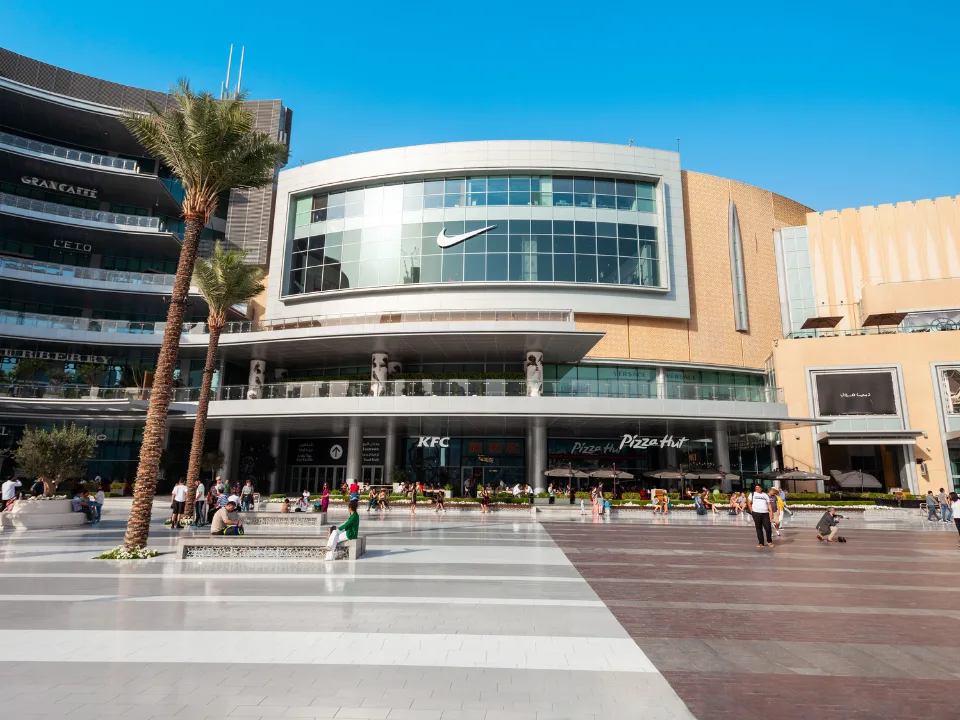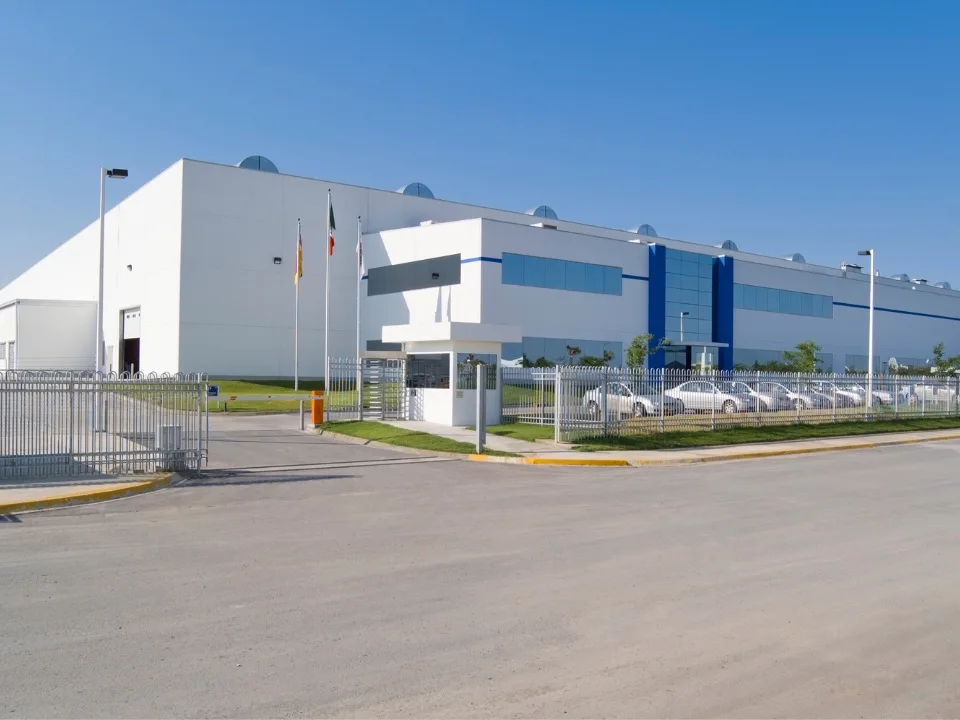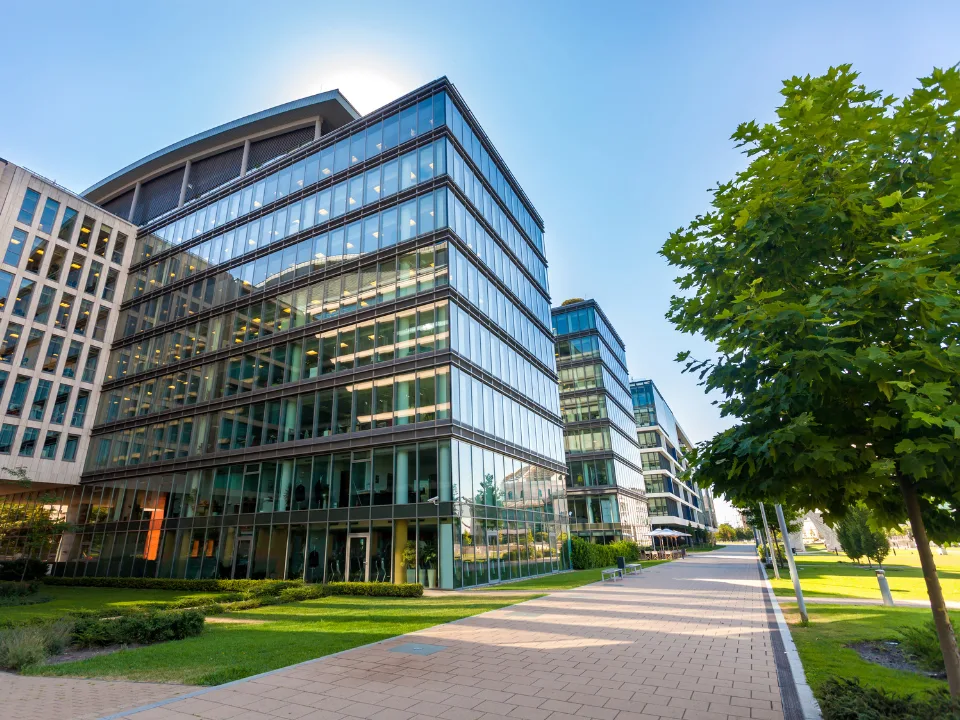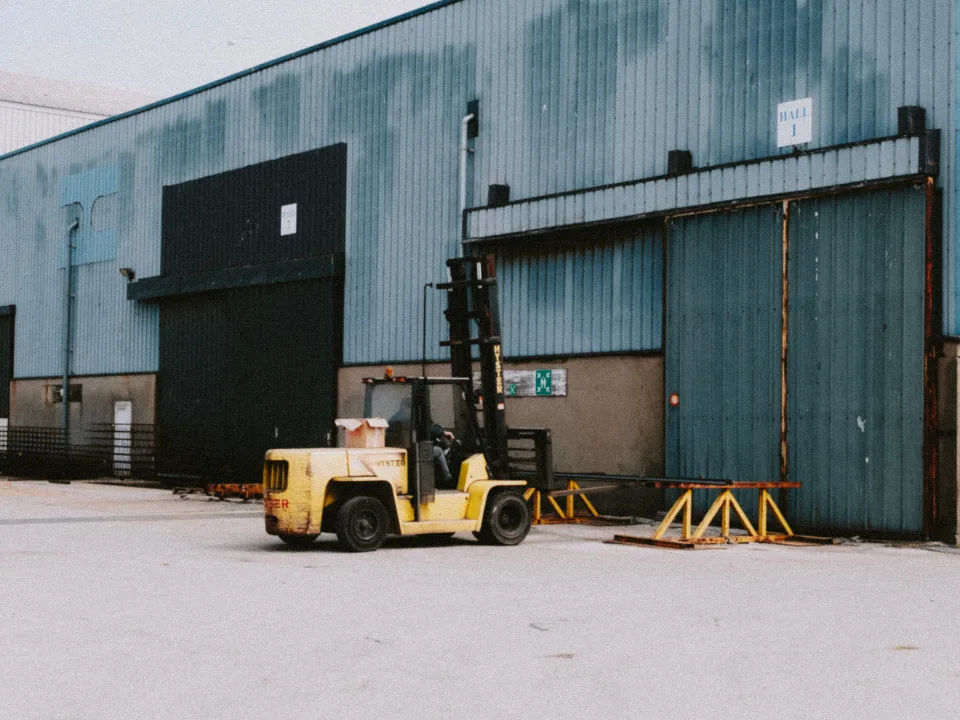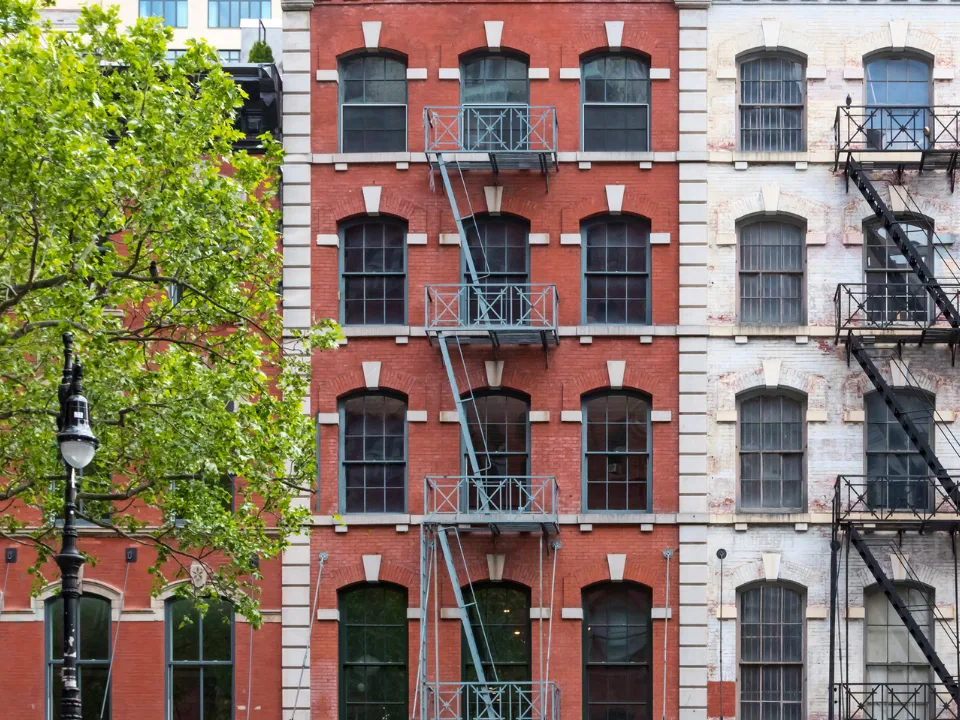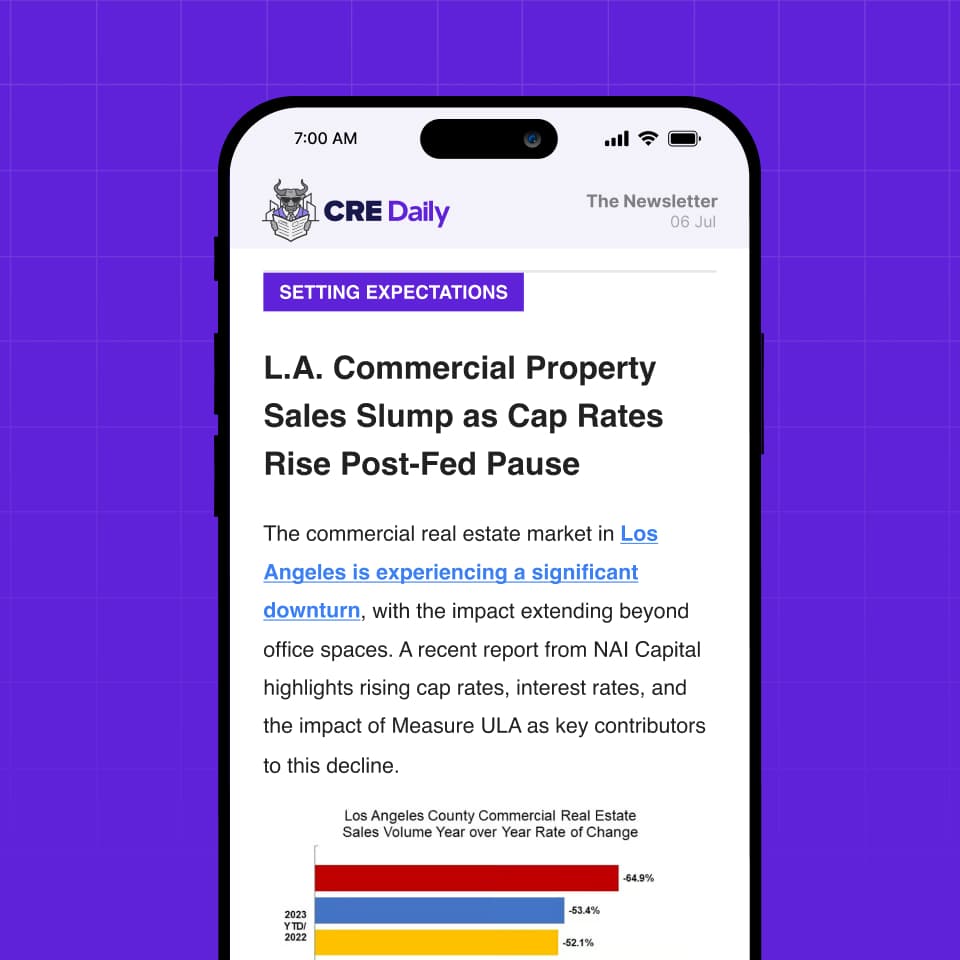- WPG, formerly Washington Prime Group, is selling its remaining retail properties and plans to lay off 139 employees at its Ohio headquarters as part of a full wind-down.
- The company has already sold roughly $1B in assets over the past two years and is bringing the rest of its portfolio—currently listed as 50 properties—onto the market.
- The sell-off comes ahead of $1.1B in CMBS debt maturing by late 2025, with layoffs scheduled in two waves through March 2026.
Winding Down For Good
Columbus-based WPG, once one of the largest mall owners in the US, is officially exiting the retail property business, per CoStar. The company announced it is divesting all remaining assets and implementing a two-phase layoff that will affect 139 corporate employees, including top executives.
A Long Time Coming
The decision marks the end of a drawn-out recovery effort that began after WPG filed for Chapter 11 bankruptcy in 2021 during the pandemic-induced retail shutdown. Since then, the company has gone private and sold off nearly half its portfolio. Its website currently lists 50 properties.
Urgency In Timing
The move comes as nearly $1.1B in commercial mortgage-backed securities (CMBS) debt is due between May and November 2025. Market sources say final notices have already been issued on the earliest maturing loans.
Get Smarter about what matters in CRE
Stay ahead of trends in commercial real estate with CRE Daily – the free newsletter delivering everything you need to start your day in just 5-minutes
High-Profile Exits
Among those slated to leave are WPG’s CFO, legal chief, and head of leasing. The layoffs will begin June 2 and conclude by March 31, 2026, according to filings with Ohio’s Office of Workforce Development.
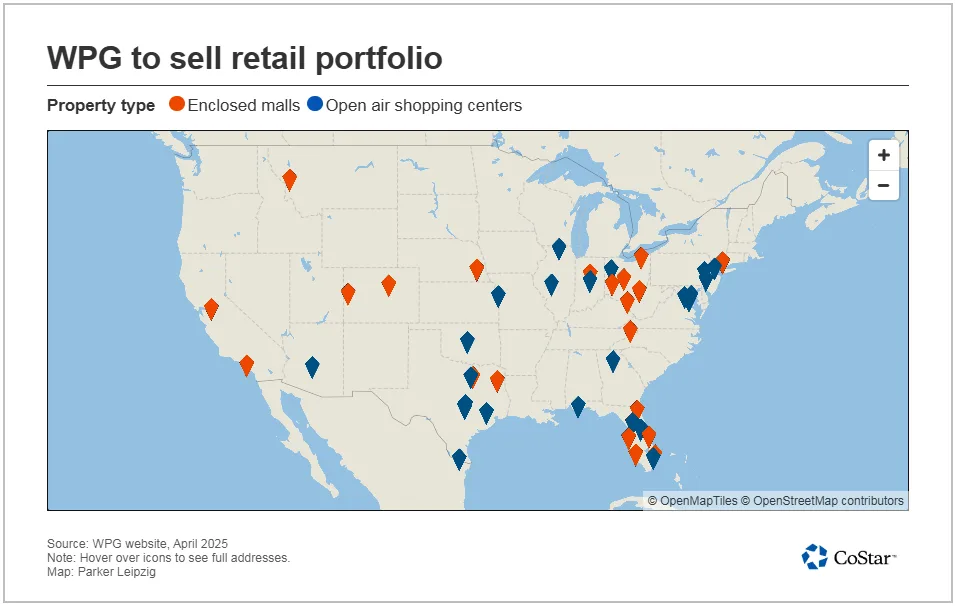
Recent Transactions
WPG has remained active in the market, selling four grocery-anchored centers to Brixmor for $211.8M in December and an outlet center in Auburn, Washington, for $82M in October.
A Challenging Sector
WPG is one of three major mall REITs—alongside PREIT and CBL Properties—that sought bankruptcy protection during COVID. While Simon Property Group and others have seen stronger rebounds, the sector still faces headwinds. CBL, for example, has stabilized operations but saw slight occupancy declines due to bankruptcy-related tenant closures.
Investor Interest Remains
Despite the headwinds, investor appetite for open-air centers remains healthy. According to CoStar, WPG’s properties have benefited from improved occupancy, upgraded tenant mixes, and stronger capital positions, making them attractive for sale.
Why It Matters
The full wind-down of WPG underscores ongoing consolidation in the retail real estate sector. Even as bankruptcies create vacancies, strong demand for space—especially in open-air formats—is helping landlords reposition or exit altogether. With its final assets hitting the market, WPG represents the latest example of a once-prominent retail REIT stepping away for good.
